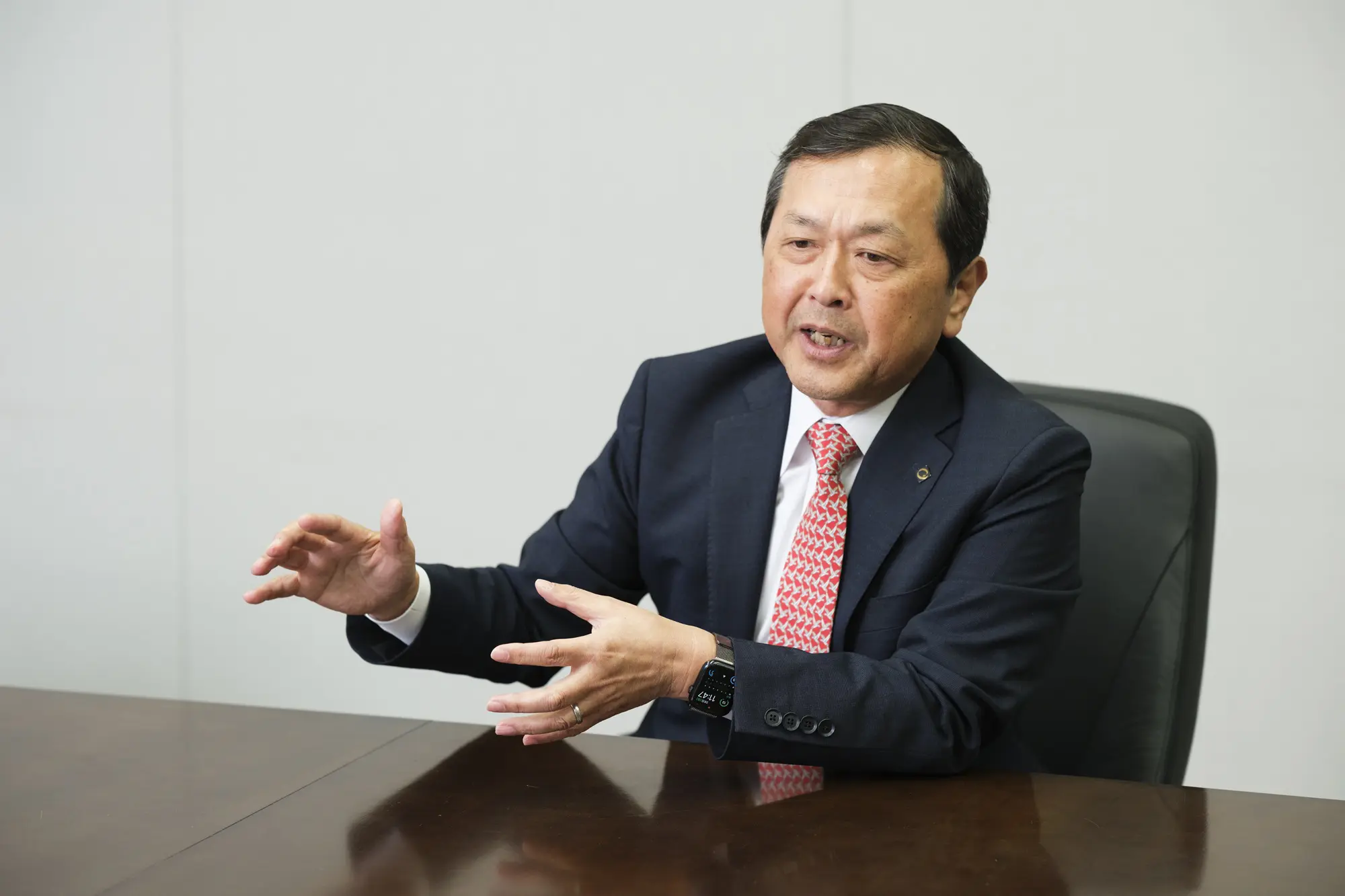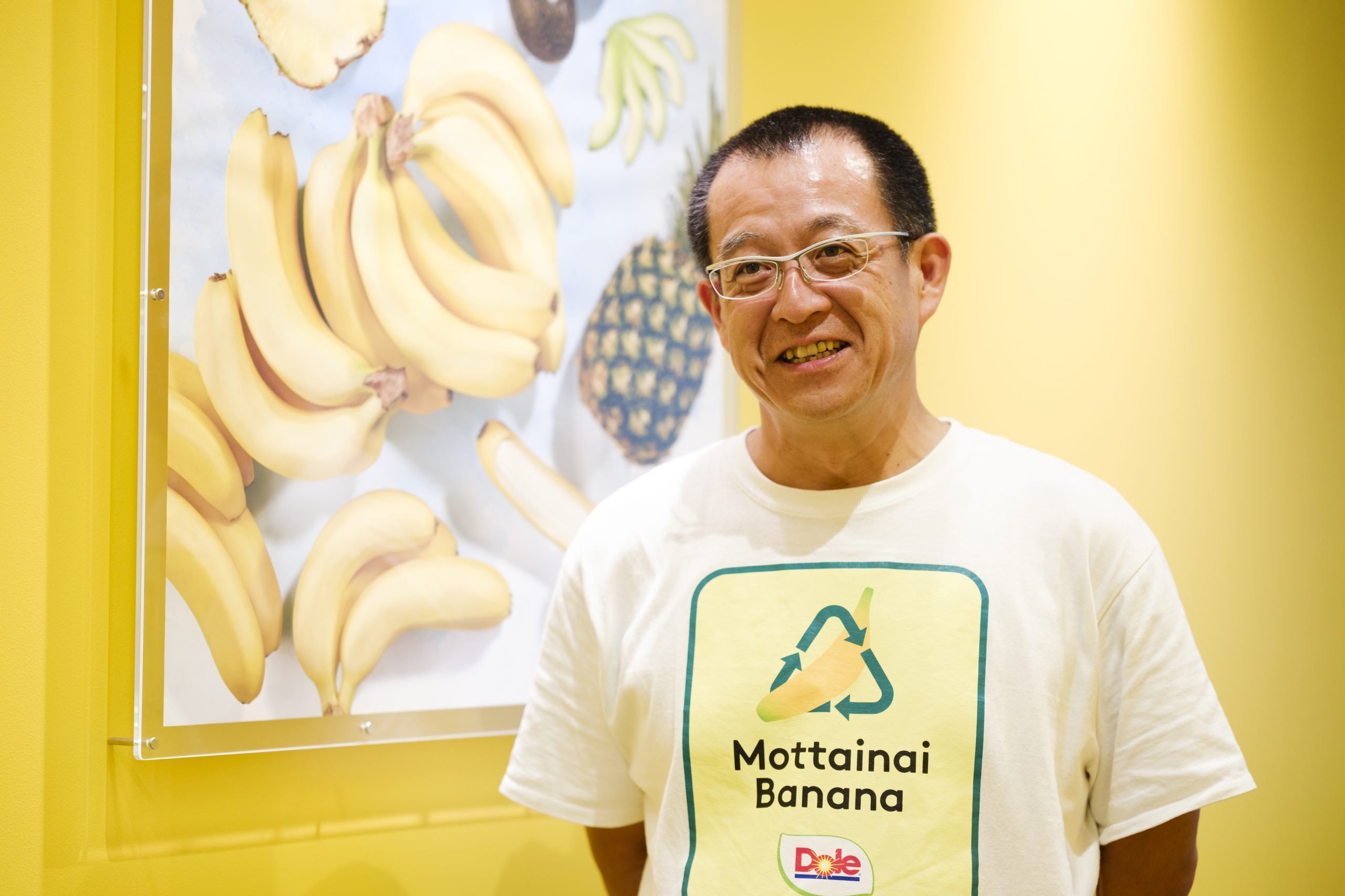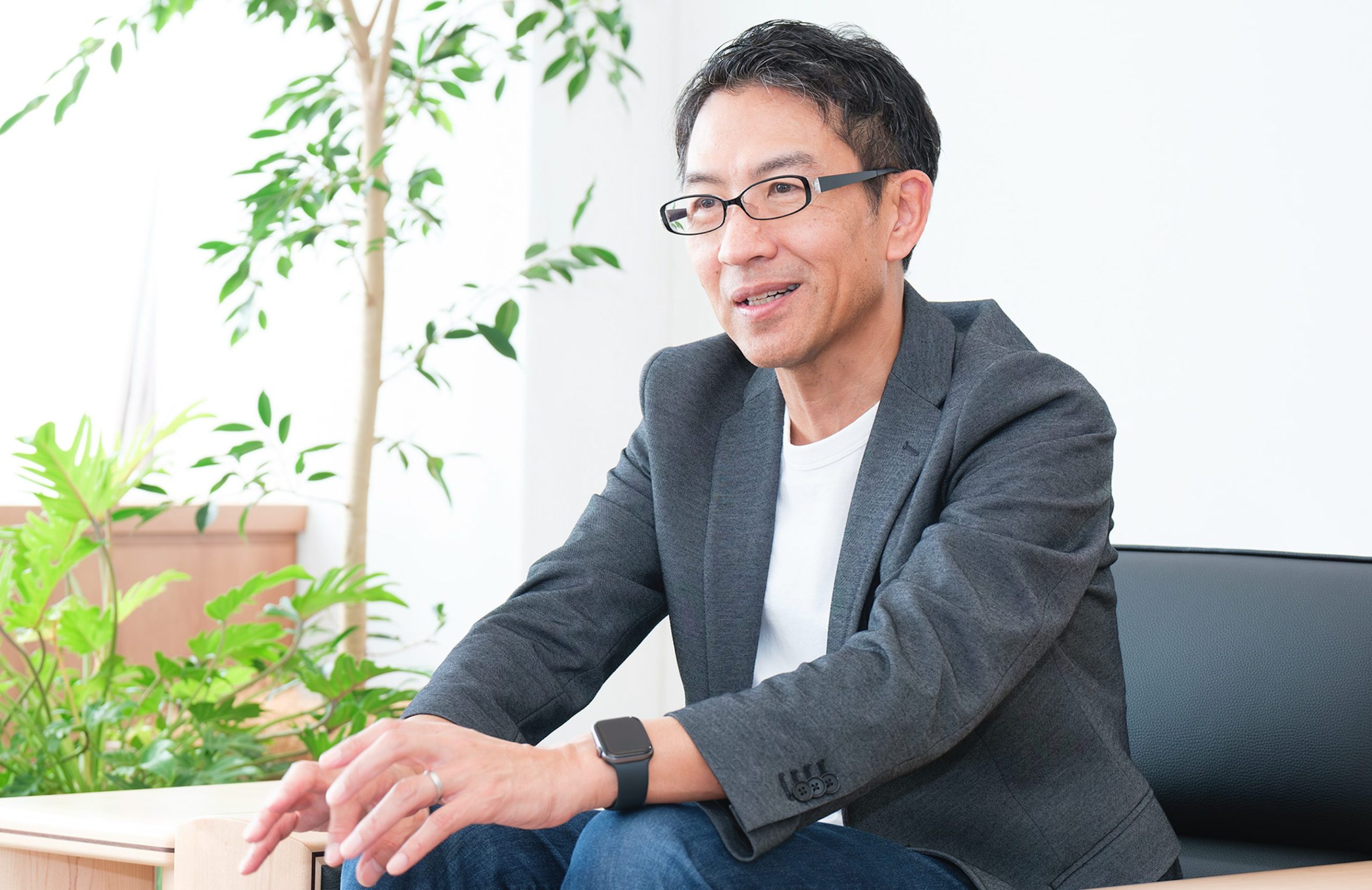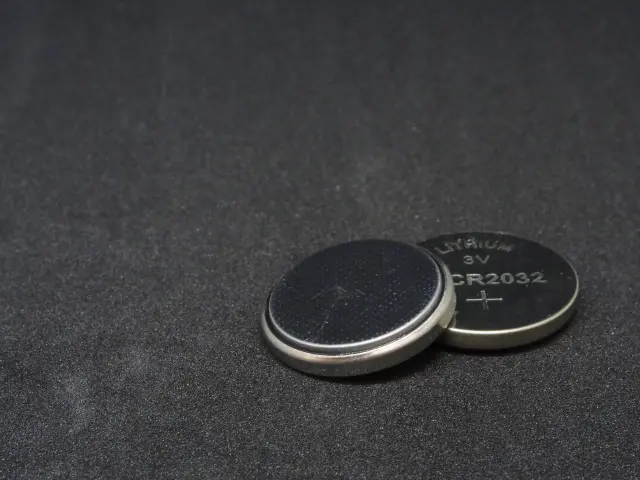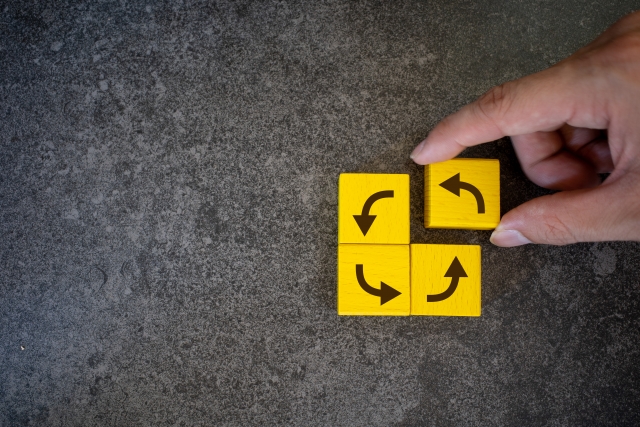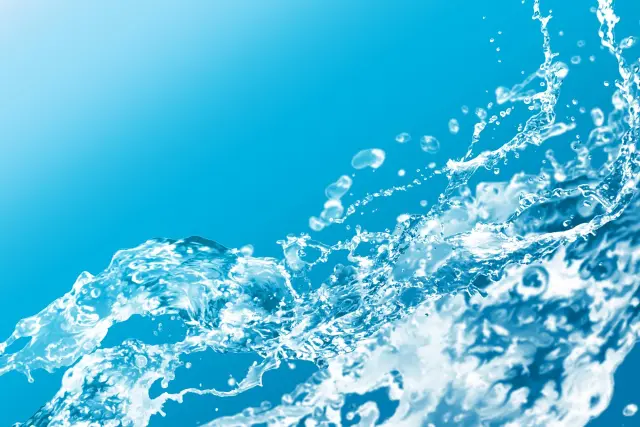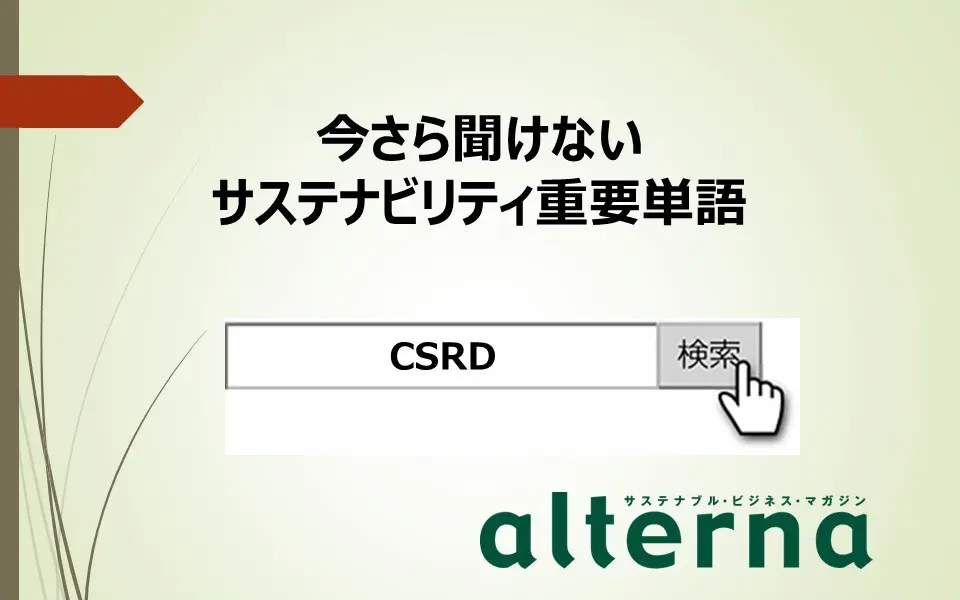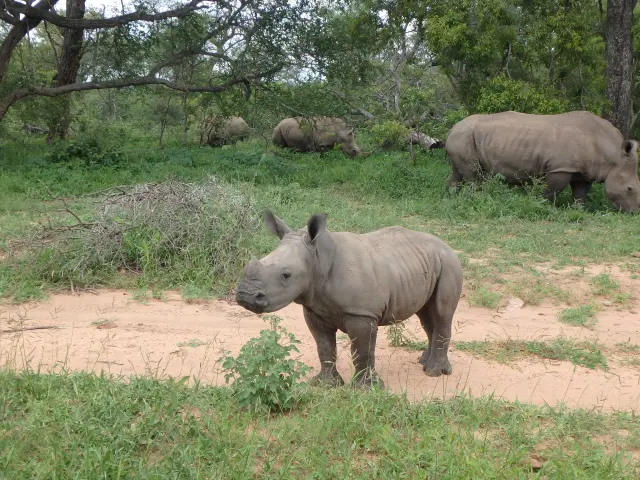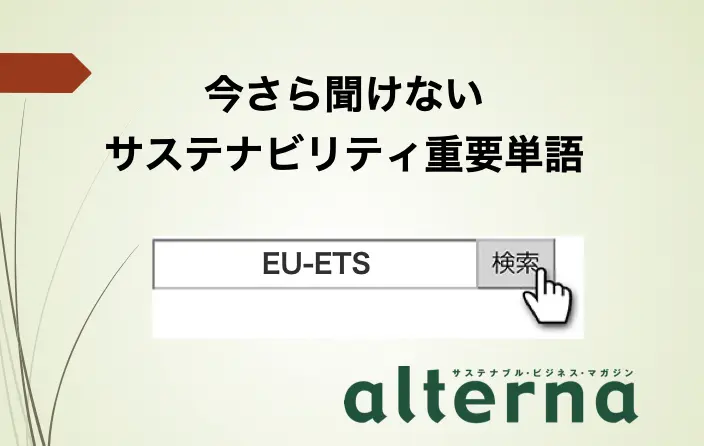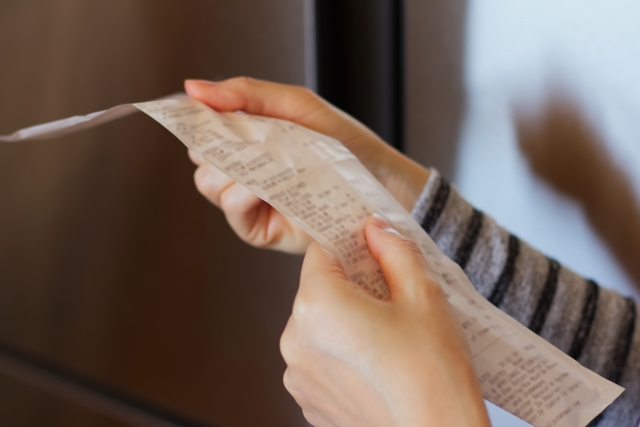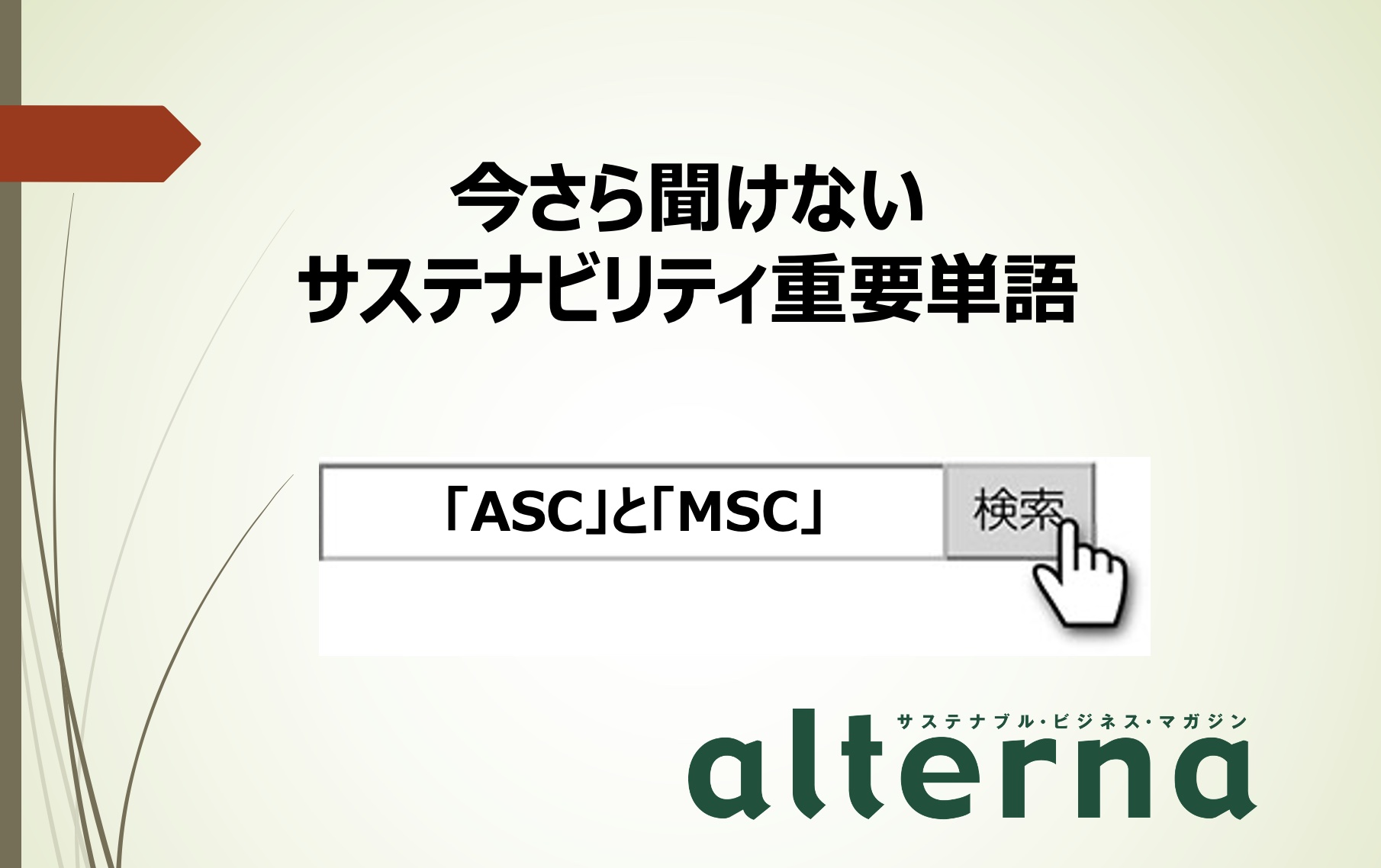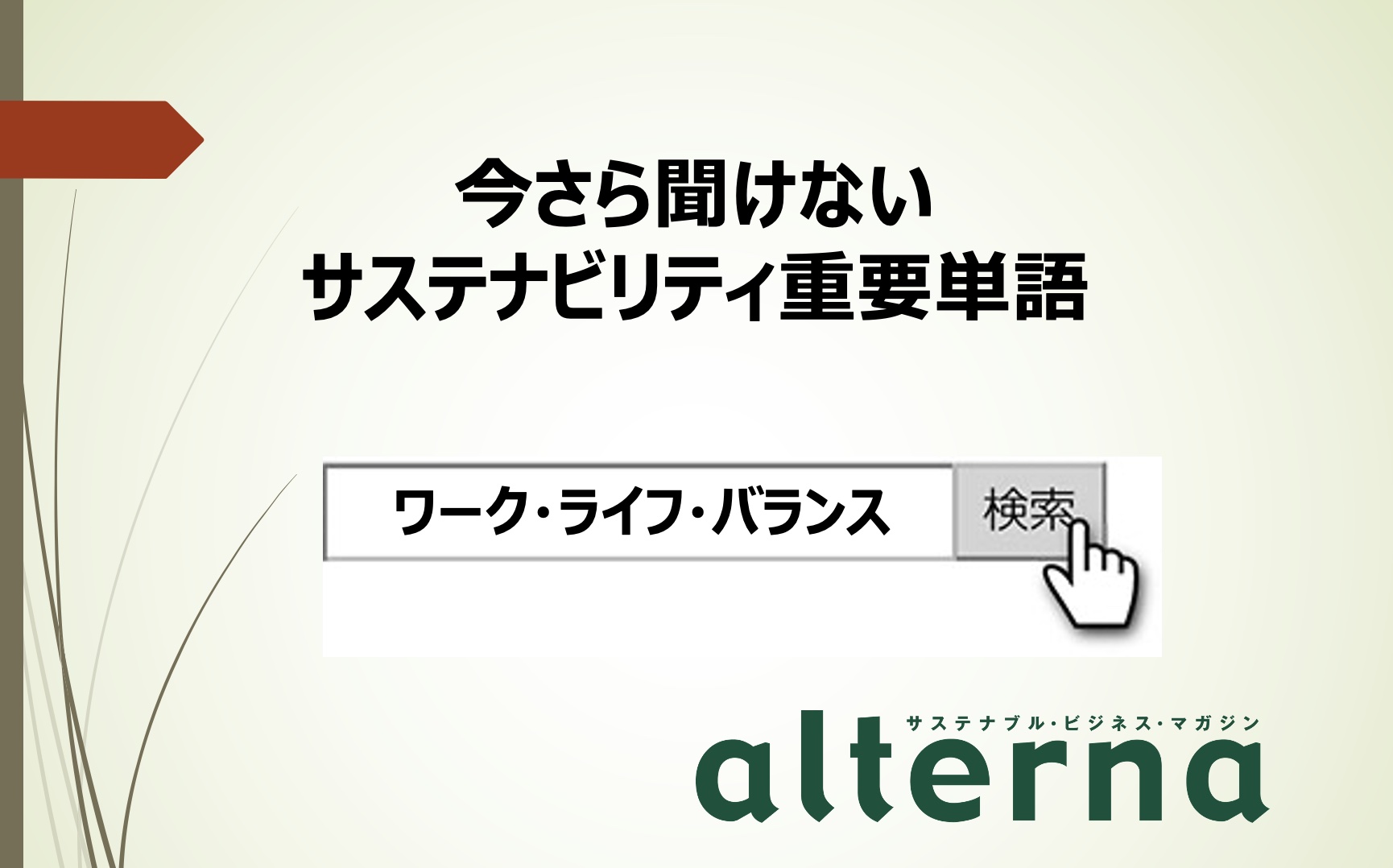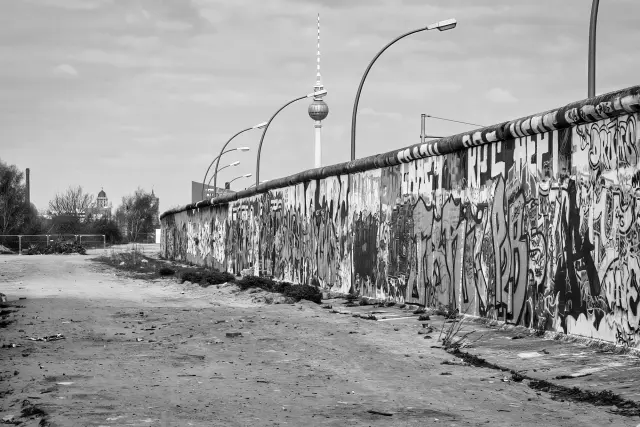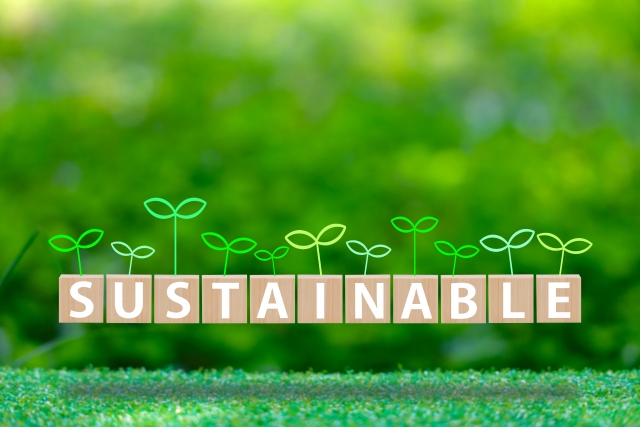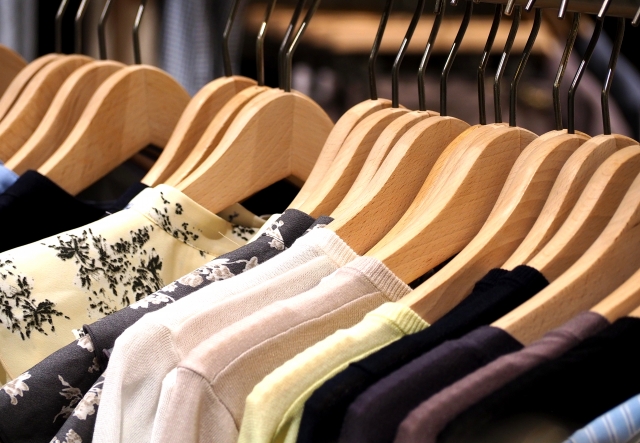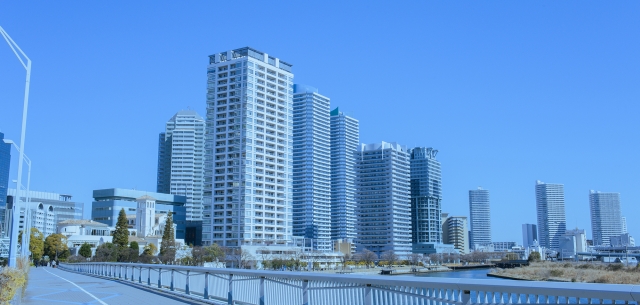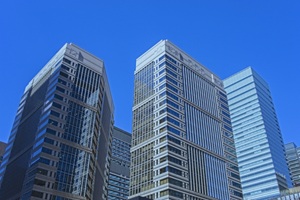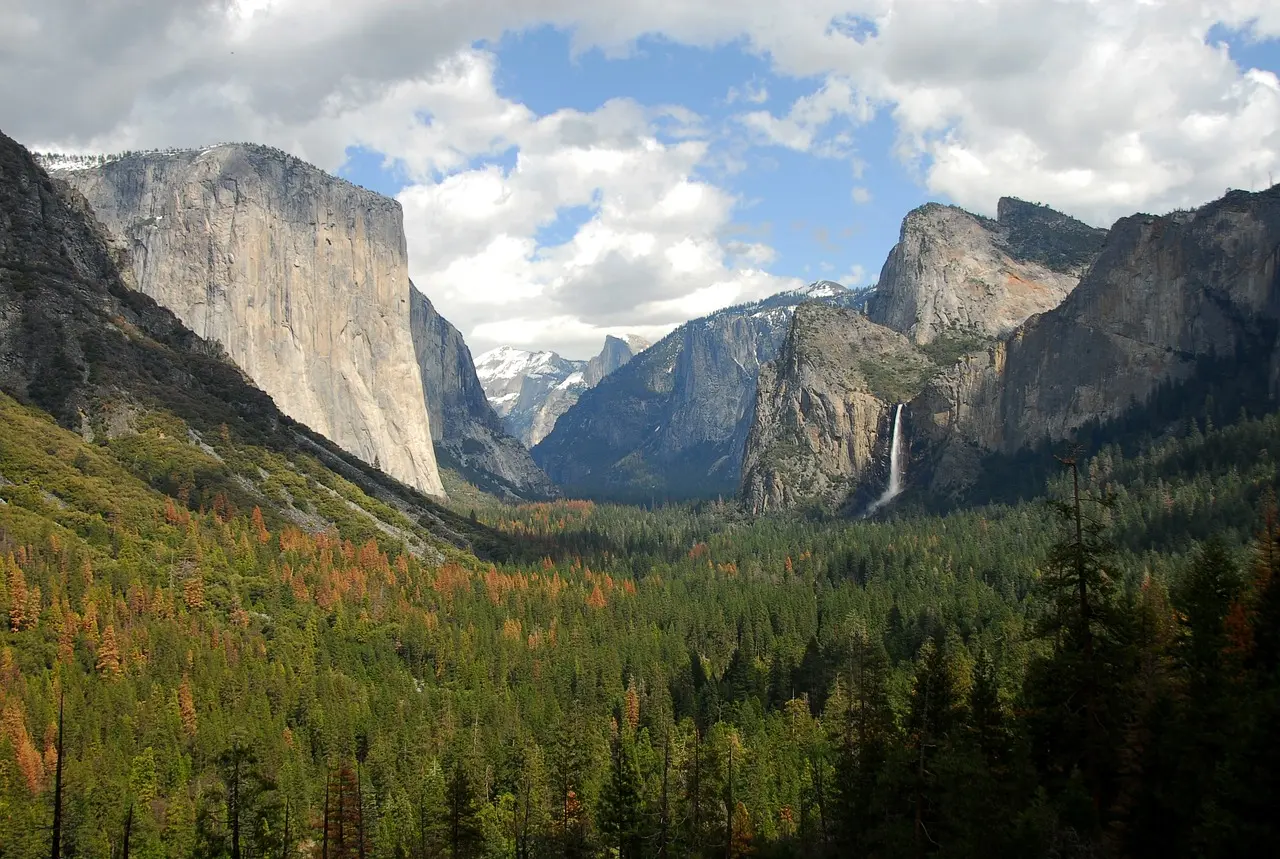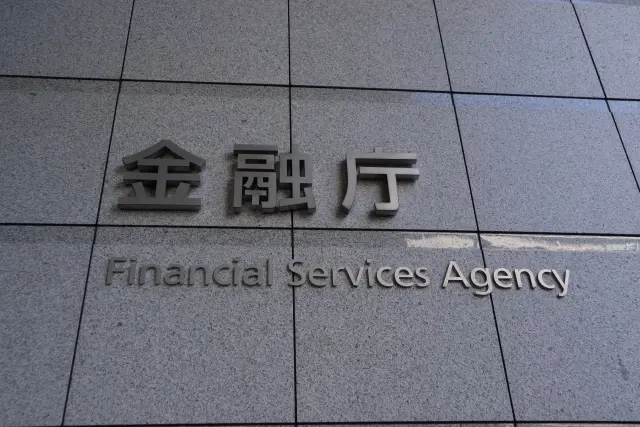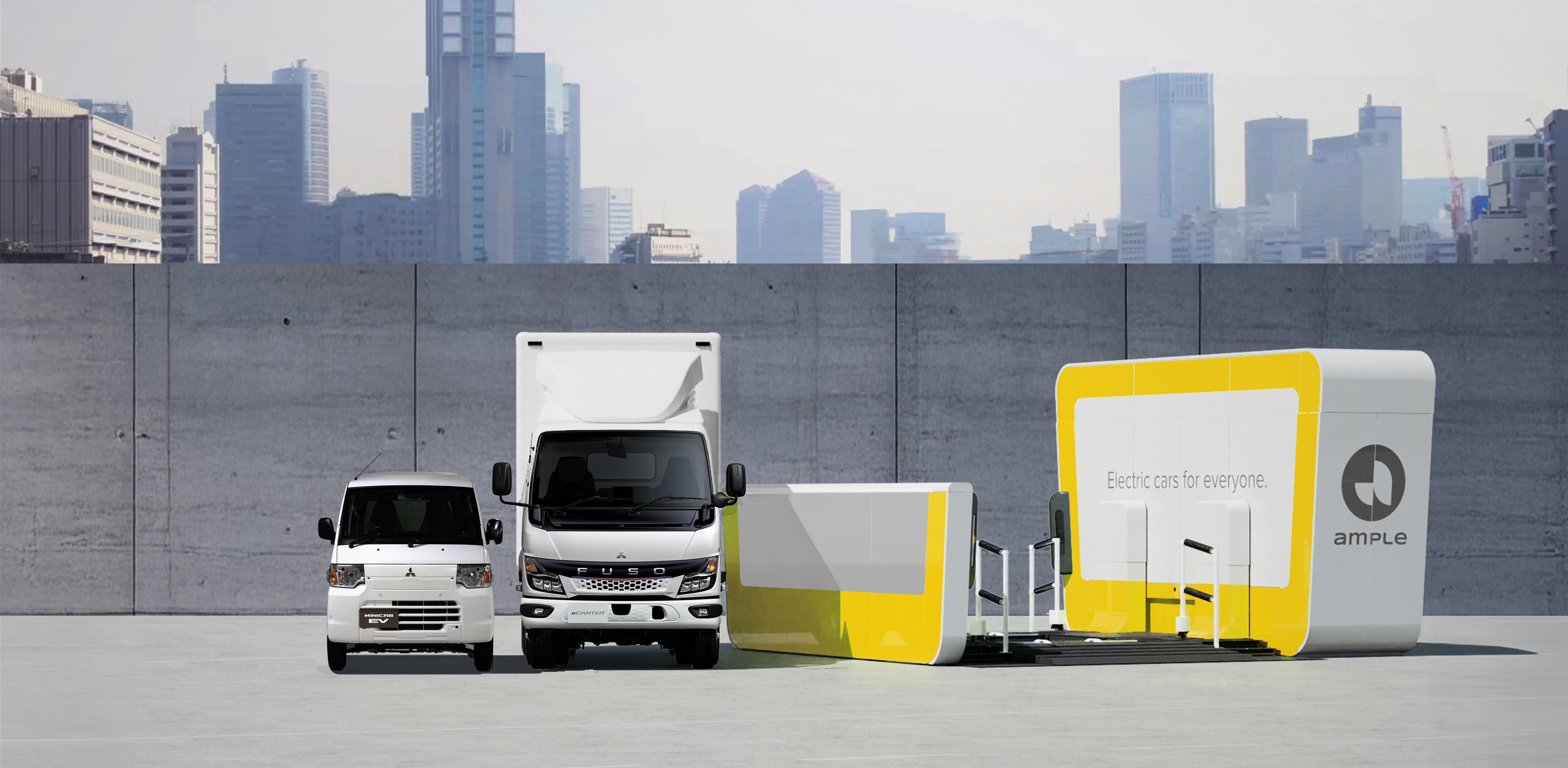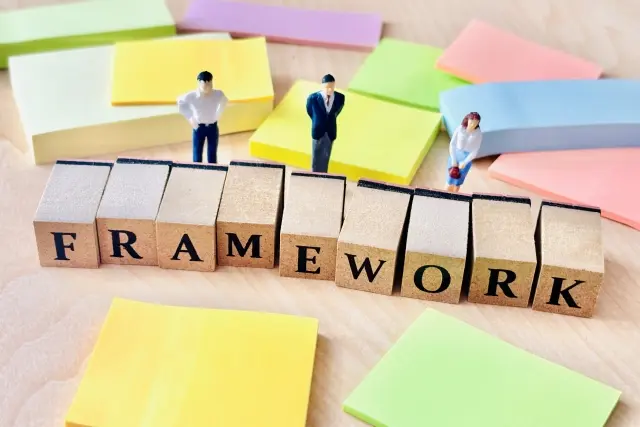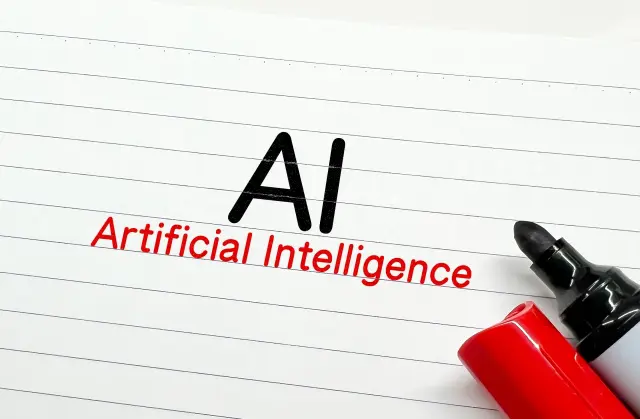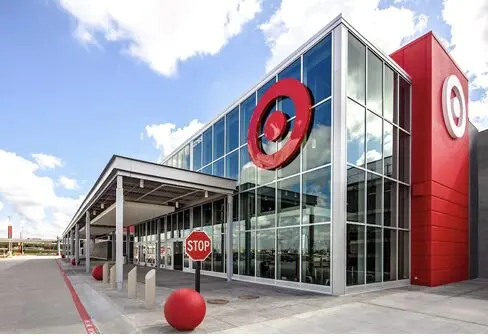記事のポイント
- ウミガメが回遊する豊後水道は、生物多様性のホットスポットだ
- 毎年数百のウミガメが、漁業混獲で損傷し、治療も受けられず海に帰される
- ウミガメ支援のNPO は観光客にも救出・治療後のリハビリ体験を提供する
観光を通じて、生物多様性の保全などのサステナビリティへの意識を高める取り組みが進んでいる。立命館アジア太平洋大学サステナビリティ観光学部のジョーンズ・トマス教授に寄稿してもらった。
The original English text follows the Japanese text. (日本語の後に英語の原文が続きます。)
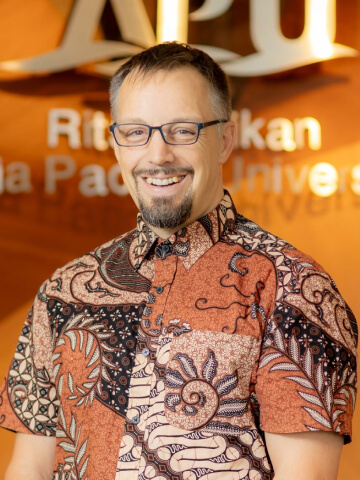
ジョーンズ・トマス
立命館アジア太平洋大学(APU)サステナビリティ観光学部教授。イギリス出身。留学生として来日し、2010年に東京大学で博士号(農学)を取得後、明治大学ライム研究科 (公共政策大学院)特任講師を経て現職。研究テーマは、保護地域の企画・管理、持続可能なライフスタイル、環境政策など。日本の自然公園(北アルプス、富士山、阿蘇くじゅう国立公園など)やアジア各地の自然保護地区で管理・運営・利用の意識調査を実施。最近は、スノーモンキーやイルカ島をはじめとしたワイルドライフ・ツーリズムに関心を持っている。
豊後水道は九州と四国の間にある海峡です。瀬戸内海からの海流と太平洋からの暖かい黒潮が混ざり合う生物多様性のホットスポットです。海岸線には、穏やかな海と豊富な餌を求めて、ウミガメなどの大型の海洋脊椎動物が集まりますが、漁業が盛んなため、年間1,000匹余りのウミガメが混獲されていると推定されています。
ウミガメは、海洋プラスチックを誤食しているケースが多く、マイクロプラスチックバイオモニタリングの指標種でもあります。
NPO法人おおいた環境保全フォーラムは2016年、はざこネイチャーセンターを設立しました。九州の大分県鶴見半島の東端に位置するこの保護施設は、地元の漁網に誤ってかかってしまったウミガメの救出とリハビリを行っています。
この施設で飼育されているウミガメは、世界に7種類いるウミガメのうち、アオウミガメ、タイマイ、アカウミガメの3種類です。
救出されたウミガメは、2~3か月のリハビリテーションを受けてから太平洋に放流されます。海水ポンプなどの水族館のような設備を備えた飼養水槽は、治療のため一時飼養するウミガメから排泄されるマイクロプラスチック類の採集調査するために使用されます。
2019年夏の予備期間では、約200人がプログラムに参加し、カメのリハビリテーションと海への放流(野生復帰)を観察しました。
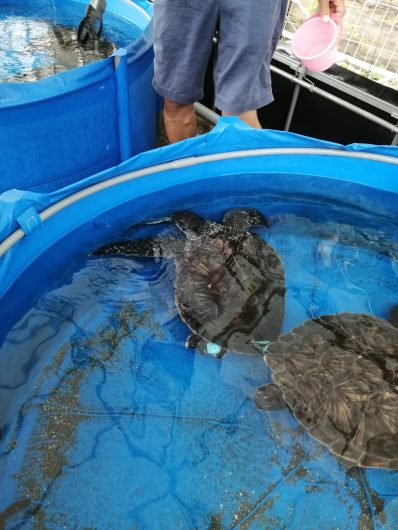
■観光を通じて生物多様性保全への意識高める
NPO法人おおいた環境保全フォーラムは2024年から津久見市イルカ島と連携し、ウミガメの保全活動を広く伝える活動を行っています。
観光客は、救出されたウミガメと直接触れ合い、インタラクティブな体験を通じてリハビリの過程を観察することができます。参加者はウミガメの生物学、自然史、リハビリテーションのプロセスに関する解説付きのプレゼンテーションを受けてから、リハビリテーションゾーンに案内されてウミガメを観察し、ウミガメと触れ合います。
イルカ島の環境教育の目的は、愛されながらも絶滅の危機に瀕しているウミガメについての意識を高め、意識、研究、活動を促進することです。
私の所属する立命館アジア太平洋大学(APU)でも、2023年に3 つの教育イベントを実施しました。
APUが2023年に新たに開設したサステナビリティ観光学部の新入生全員を対象としたイルカ島へのエクスカーションのほか、学部2年生7名を対象に実施した津久見市での2泊3日インターンシップ、そしてインターン生が直接地元住民に感想を発表する市民講座の開催です。
NPO法人では今後、ウミガメの窮状に対する意識を高め、九州沿岸での保護活動を促進するために、野生動物観光視察ツアーなど、自然型観光イベントを計画しています。
■APUの学生が制作したイルカ島へのインターンシップ紹介動画(約3分)はこちら
(原文)
Sea Turtle Rescue and Rehabilitation Project in Oita, Japan
Keypoints
- The Bungo Channel is a biodiversity hotspot where sea turtles migrate in search of calm waters and abundant food.
- Every year hundreds of turtles are accidentally killed or mutilated by fishing nets.
- A local NPO is helping to helps rescue and rehabilitate sea turtles and now offers special tours observe and interact with turtles and see them released back into the wild.
The Bungo Channel is a strait that runs between Kyushu and Shikoku. It is a biodiversity hotspot thanks to the mix of currents from the Seto Inland Sea and the warm Kuroshio current from the Pacific. The coastline attracts large marine vertebrates, such as sea turtles, seeking calm waters and abundant food.
Due to a thriving fishing industry, around 1,000 sea turtles are estimated as annual bycatch, of which at least 20% have a physical injury, and about 10% are released into the sea in a moribund state. Sea turtles are also an indicator species for microplastic biomonitoring, with plastic intake via ingestion or inhalation (Meaza et al, 2021).
In 2016, Hazako Nature Center was established by NPO Oita Environmental Conservation Forum (https://oita-ecf.com/). Located at the eastern tip of the Tsurumi Peninsula in Kyushu’s Oita Prefecture, this conservation facility helps rescue and rehabilitate sea turtles accidently caught in the local fishing nets. The Green, Hawksbill and Loggerhead Turtles are the three types of sea turtles out of seven species in the world that can be found in this facility.
After being rescued, the sea turtles undergo a 2-3 month rehabilitation process before being released back into the Pacific Ocean. Temporary holding pens with aquarium-like equipment such as seawater pumps are used to protect the rescued turtles and monitor the microplastic fragments excreted. In a pilot test during summer 2019, approximately 200 people participated in the program to observe the turtles’ rehabilitation and release back into the wild.
Since 2023, the Hazako team has been collaborating with Iruka jima in Tsukumi City to convey its conservation activities to a wider audience. Tourists can interact firsthand with rescued sea turtles and observe the rehabilitation process via a up-close, interactive experience. Participants receive an interpretive presentation on sea turtle biology, natural history, and the rehabilitation process before being guided to the rehabilitation zone to view and interact with sea turtles.
The environmental education dimension of Irukajima aims to raise awareness of these beloved but endangered species and spark awareness, research and activism. Last year, Ritsumeikan’s Asia Pacific University was involved in three such educational events, including 1) a Field Trip to Irukajima for all the inaugural Freshmen students in the new college of Sustainability and Tourism; 2) a 2 night- 3 day internship in Tsukumi for seven sophomore students; and 3) a Symposium where intern students presented their reflections directly to local citizens.
In the future, the NGO is planning further nature-based tourism events including wildlife sightseeing observation tours, to raise awareness of the sea turtles’ plight, and encourage conservation efforts along the Kyushu coastline.
Source: Meaza, I., Toyoda, J. H., & Wise Sr, J. P. (2021). Microplastics in sea turtles, marine mammals and humans: a one environmental health perspective. Frontiers in environmental science, 8, 575614.



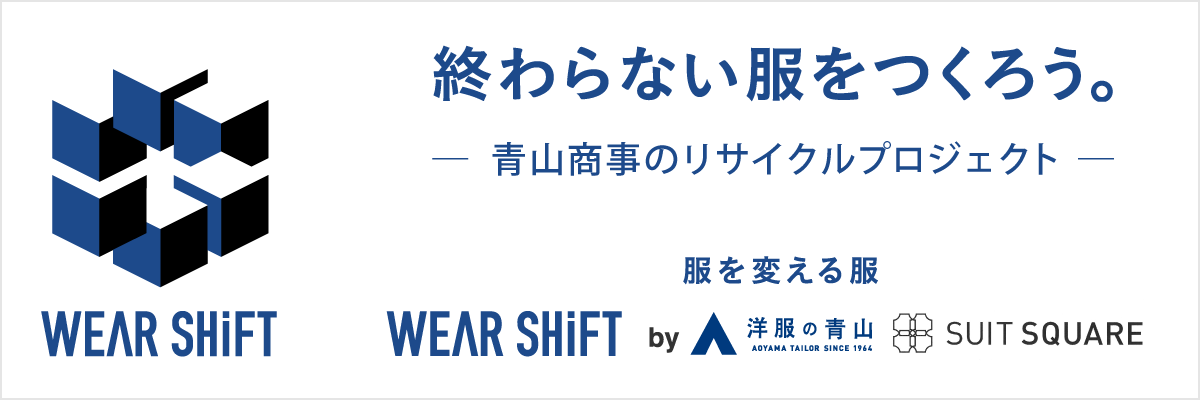

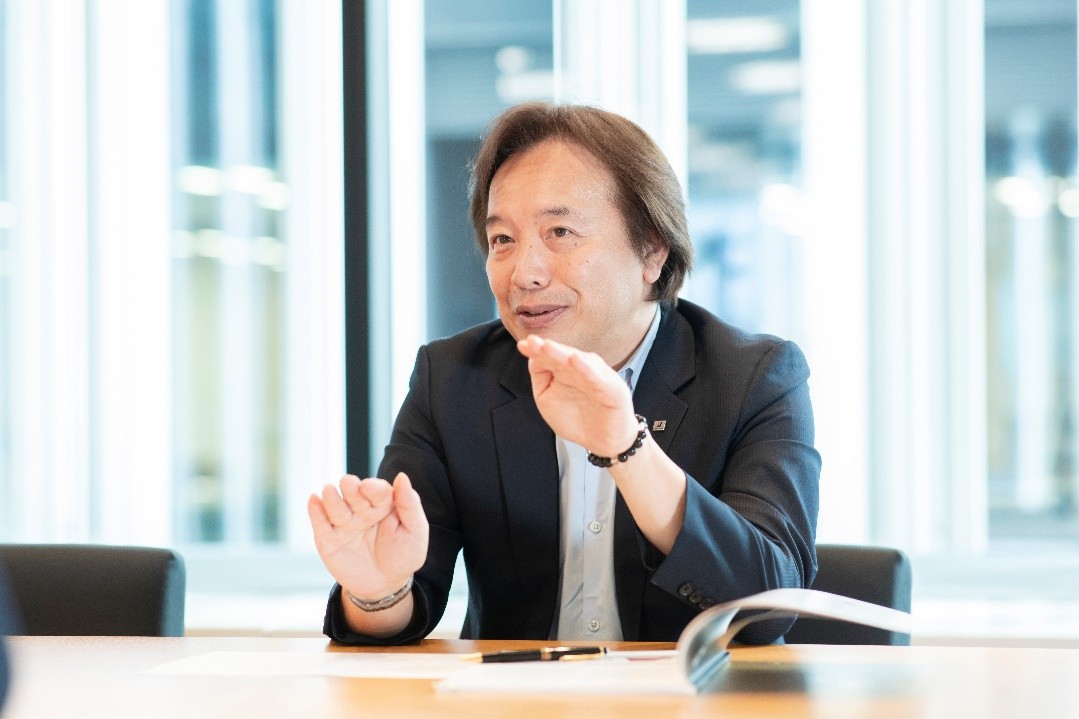
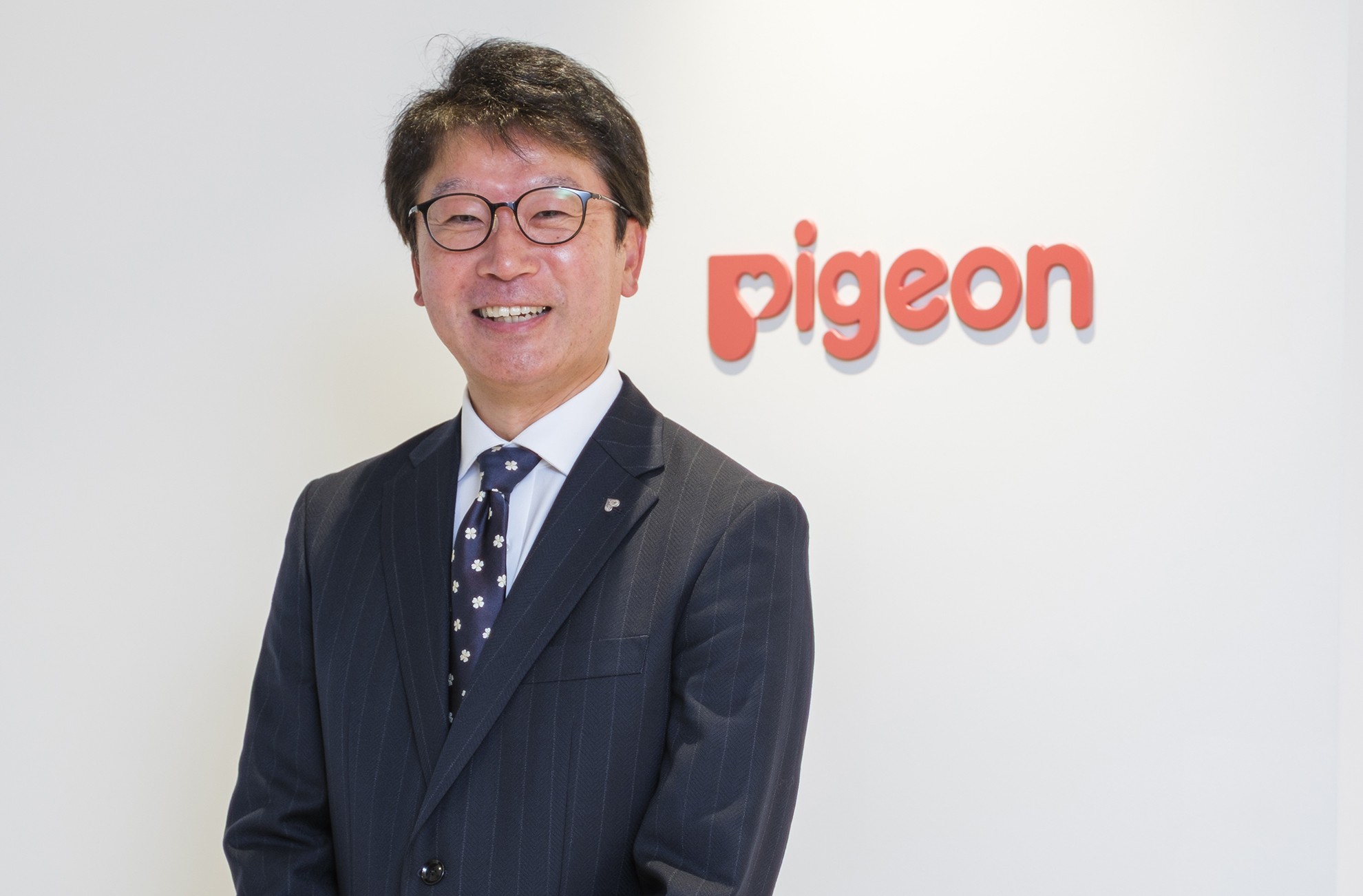
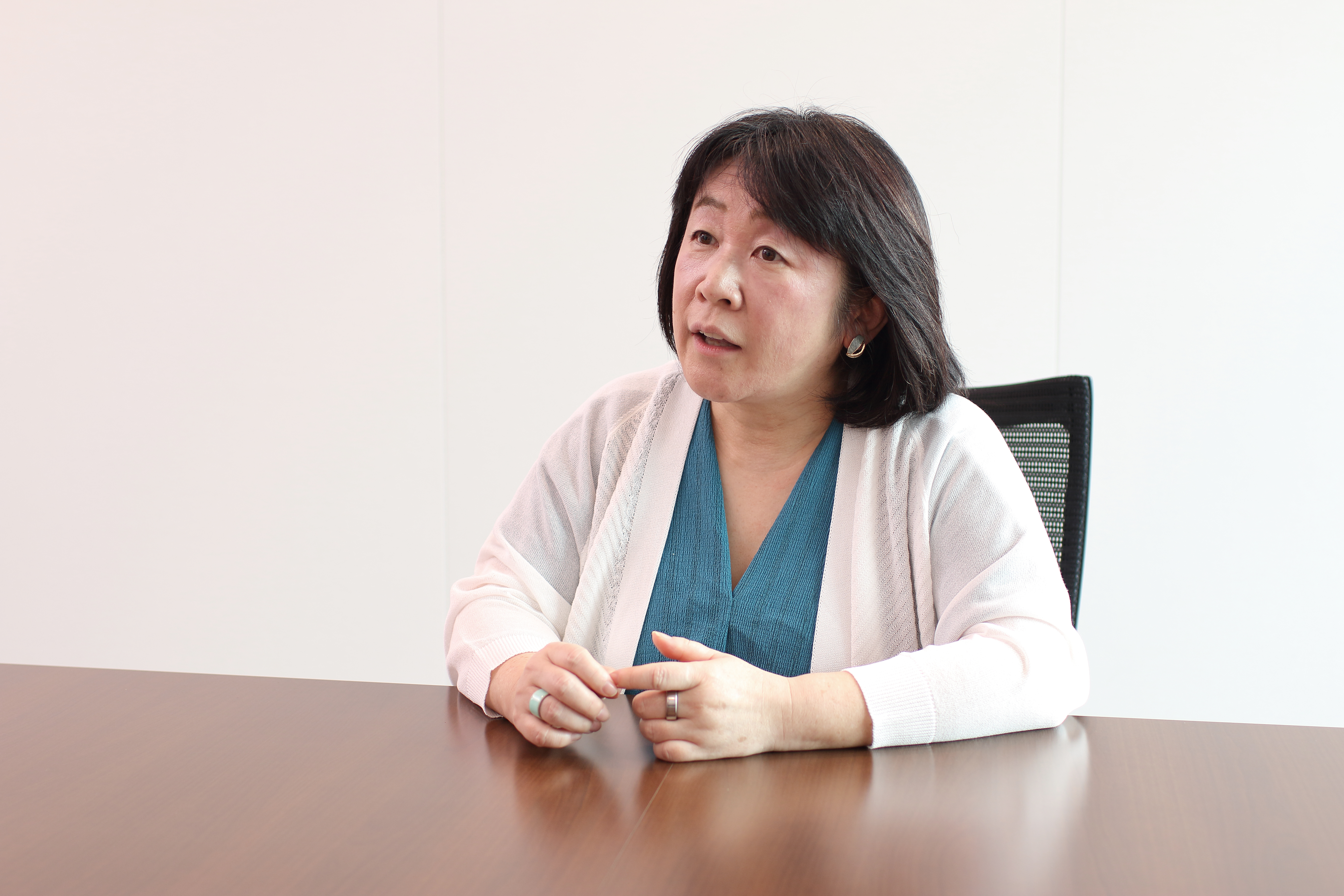
-1-scaled.jpg)
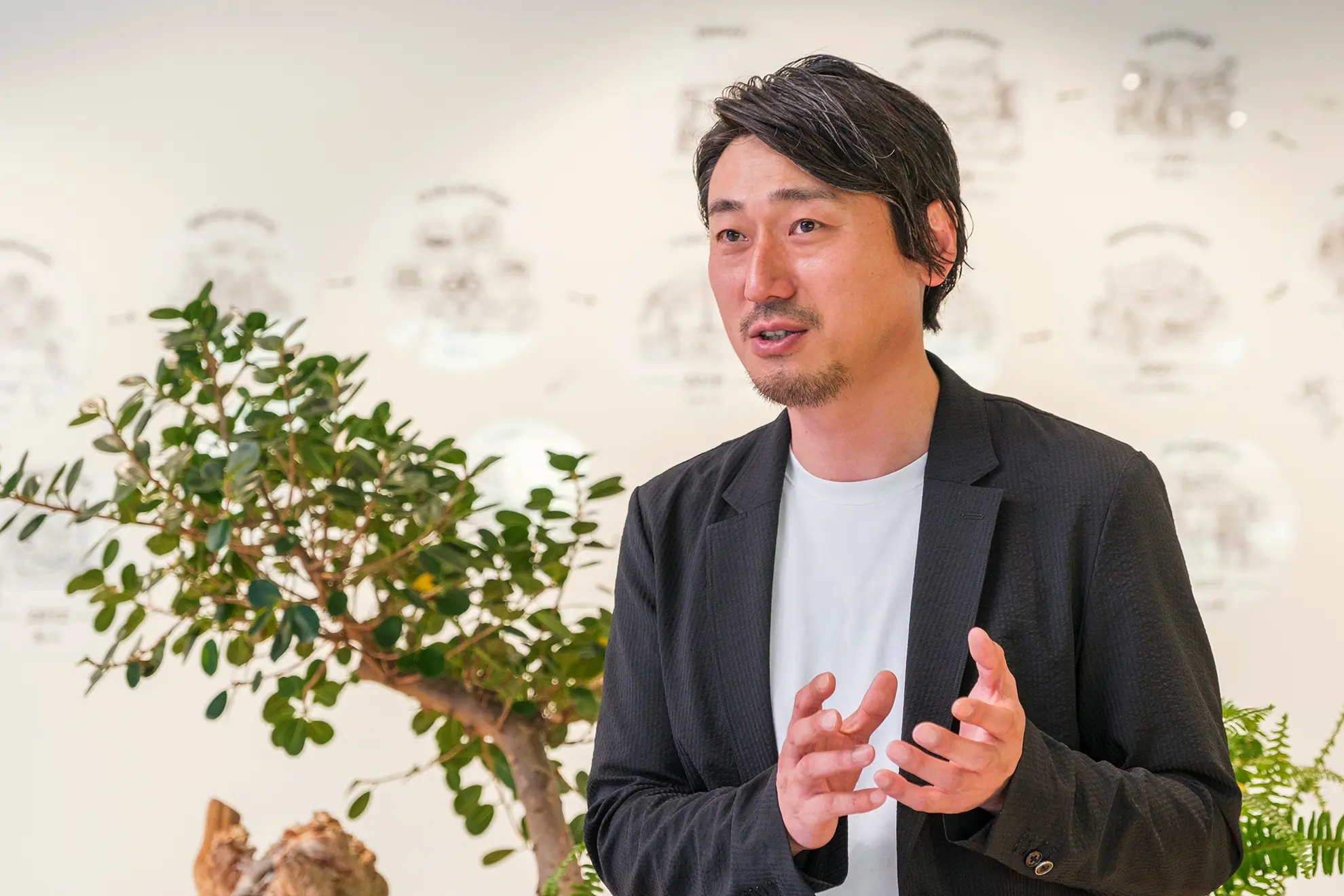
-scaled.jpg)
